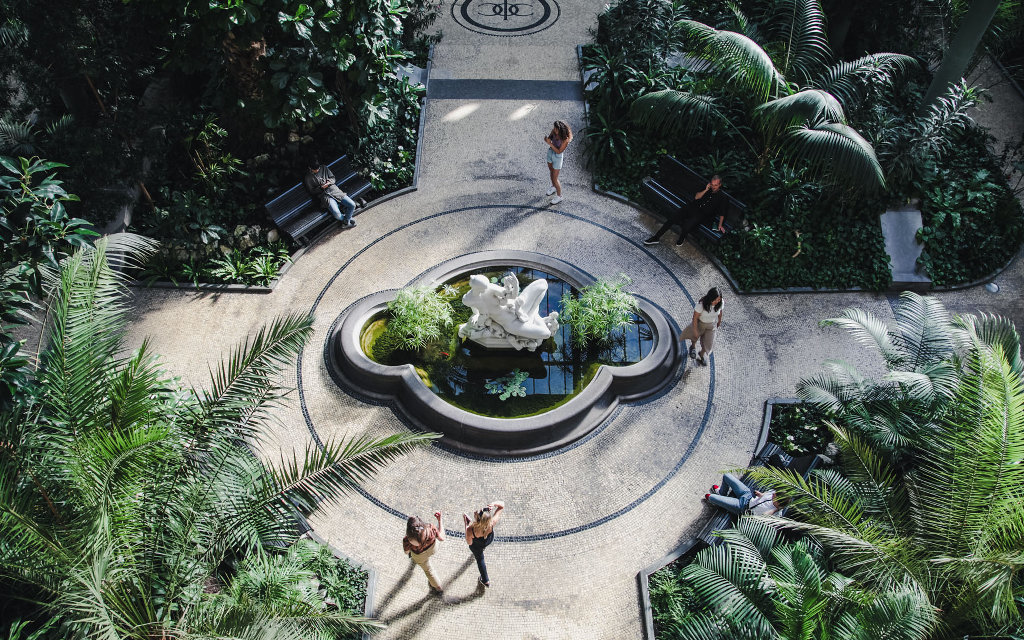| In partnership with |  |
Ny Carlsberg Glyptoteket is one of the most beautiful and popular museums in Copenhagen. Their seasonal courtyard, along with outstanding collections of ancient Greek and Roman marble, Egyptian artefacts, and French paintings, produce a truly unique space that celebrates both art and the spaces in which art is displayed.
There are few museums where the interior, right down to the colors of the walls, speaks so loudly to the viewer. While most museum spaces are designed to create an unobtrusive spotlight for the items on display, Ny Carlsberg Glyptoteket allows the building its fair share of the attention.
Because the museums is so full of character, there are lots of hidden and unexplained corners. We’ve done a deep dive to uncover just a few of them.
Looking to learn more about Ny Carlsberg Glyptoteket? Here are ten things you probably didn’t know about the museum:
![]() The palms of Glyptoteket’s courtyard garden were originally grown in the childhood home of Carl Jacobsen, the founder of Carlsberg, making them 140 years old. Since that time, they have grown 20 meters tall.
The palms of Glyptoteket’s courtyard garden were originally grown in the childhood home of Carl Jacobsen, the founder of Carlsberg, making them 140 years old. Since that time, they have grown 20 meters tall.
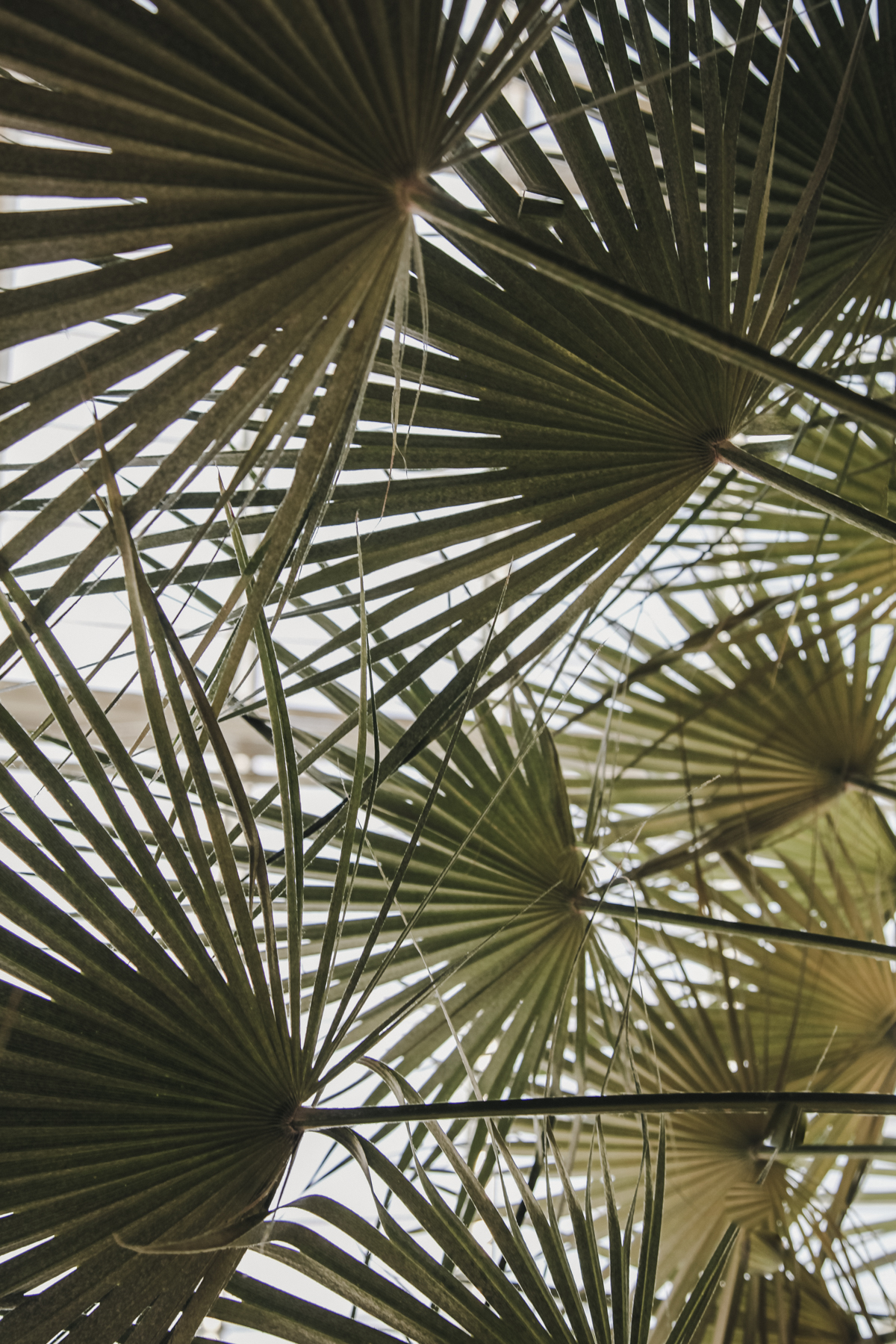 | 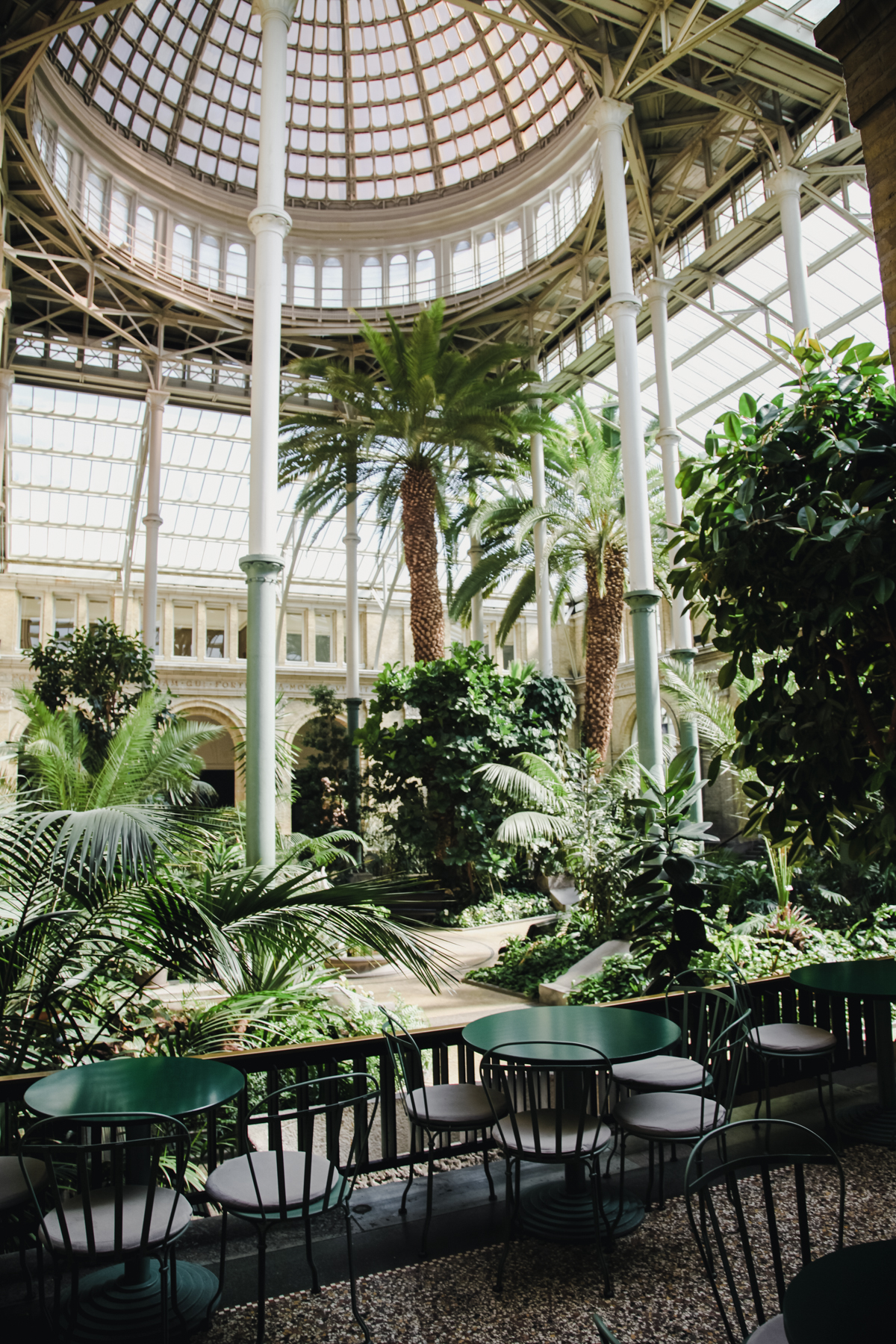 |
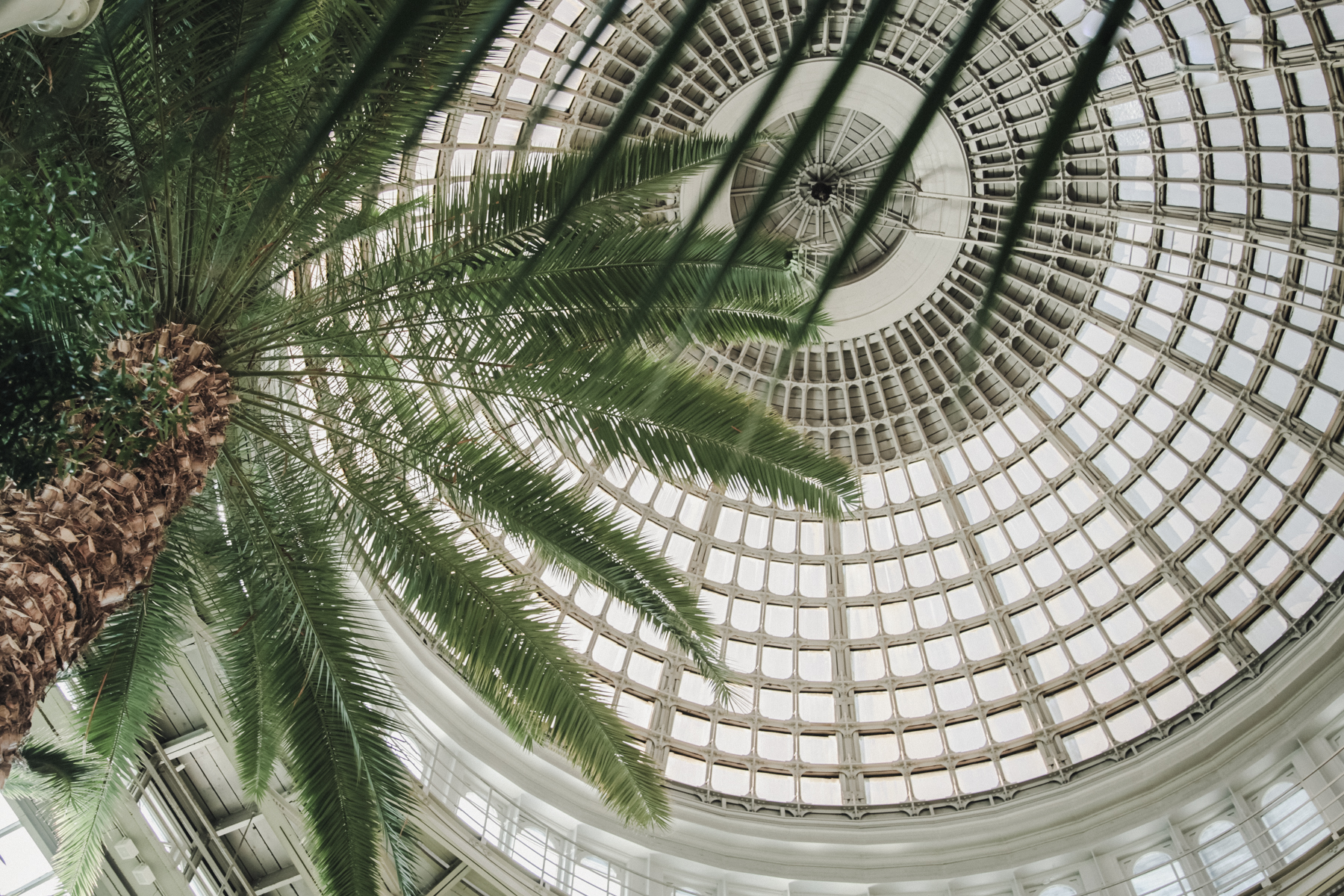 |
![]() In the museum, you’ll find Denmark’s largest collection of French art. The collection includes masters such as Rodin, Degas, Monet, Manet, Cézanne, and Renoir.
In the museum, you’ll find Denmark’s largest collection of French art. The collection includes masters such as Rodin, Degas, Monet, Manet, Cézanne, and Renoir.
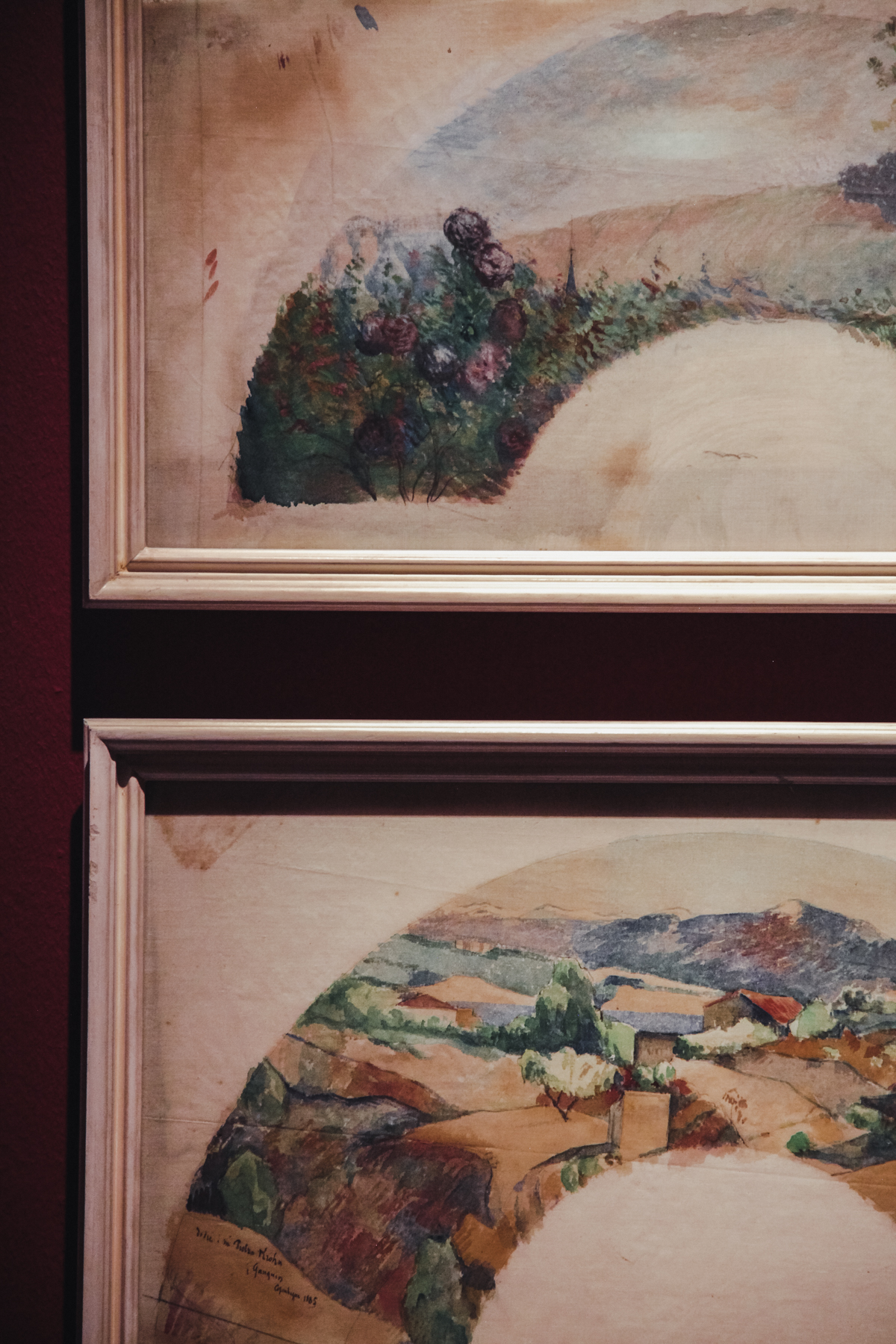 | 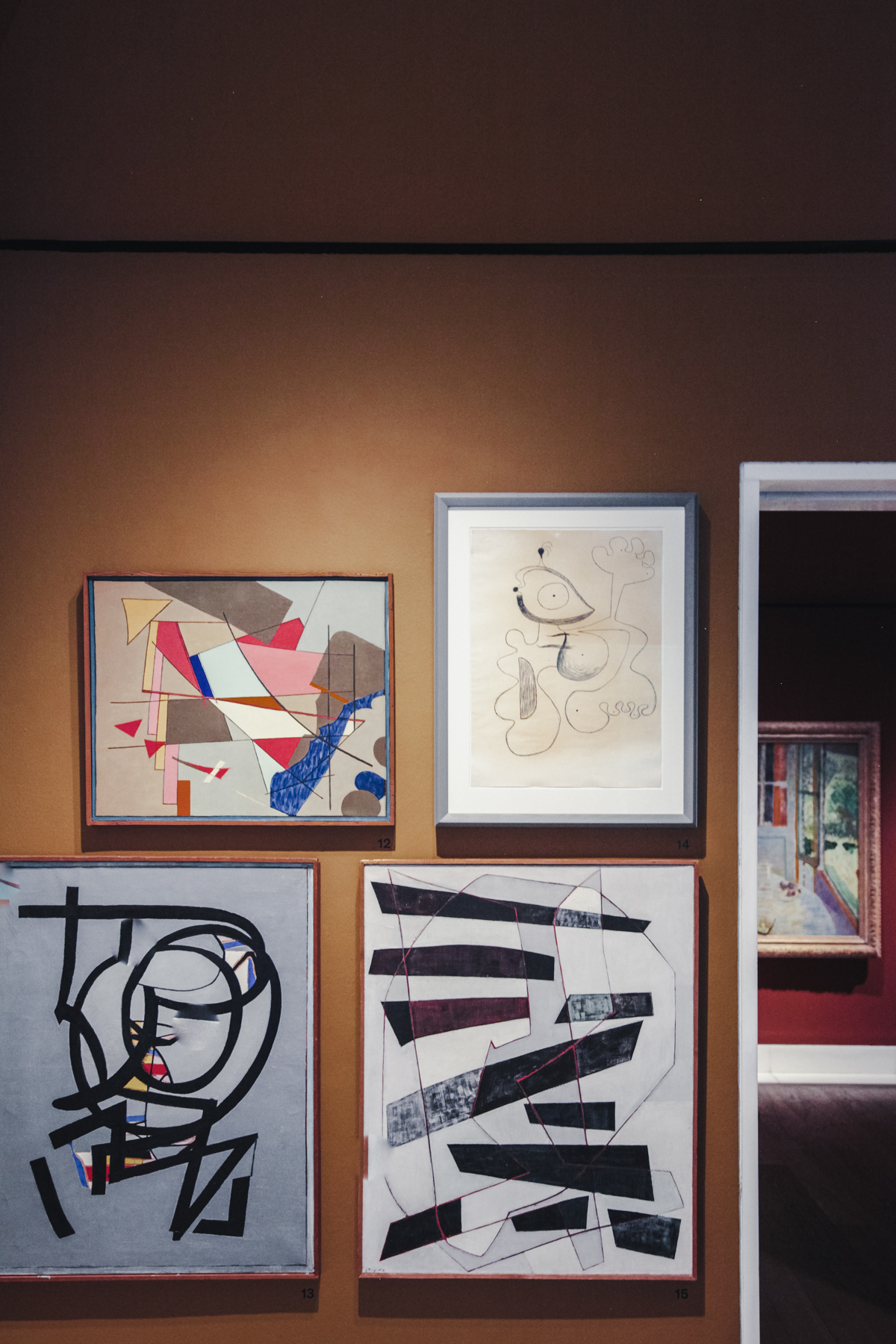 |
![]() The Glyptotek has one of Copenhagen’s most beautiful rooftop terraces, with views of the city and Tivoli. The roof terrace is designed by world famous Danish architect Henning Larsen, who also built the Copenhagen Opera House and the Ministry of Foreign Affairs in Riyhadh, Saudi Arabia.
The Glyptotek has one of Copenhagen’s most beautiful rooftop terraces, with views of the city and Tivoli. The roof terrace is designed by world famous Danish architect Henning Larsen, who also built the Copenhagen Opera House and the Ministry of Foreign Affairs in Riyhadh, Saudi Arabia.
 | 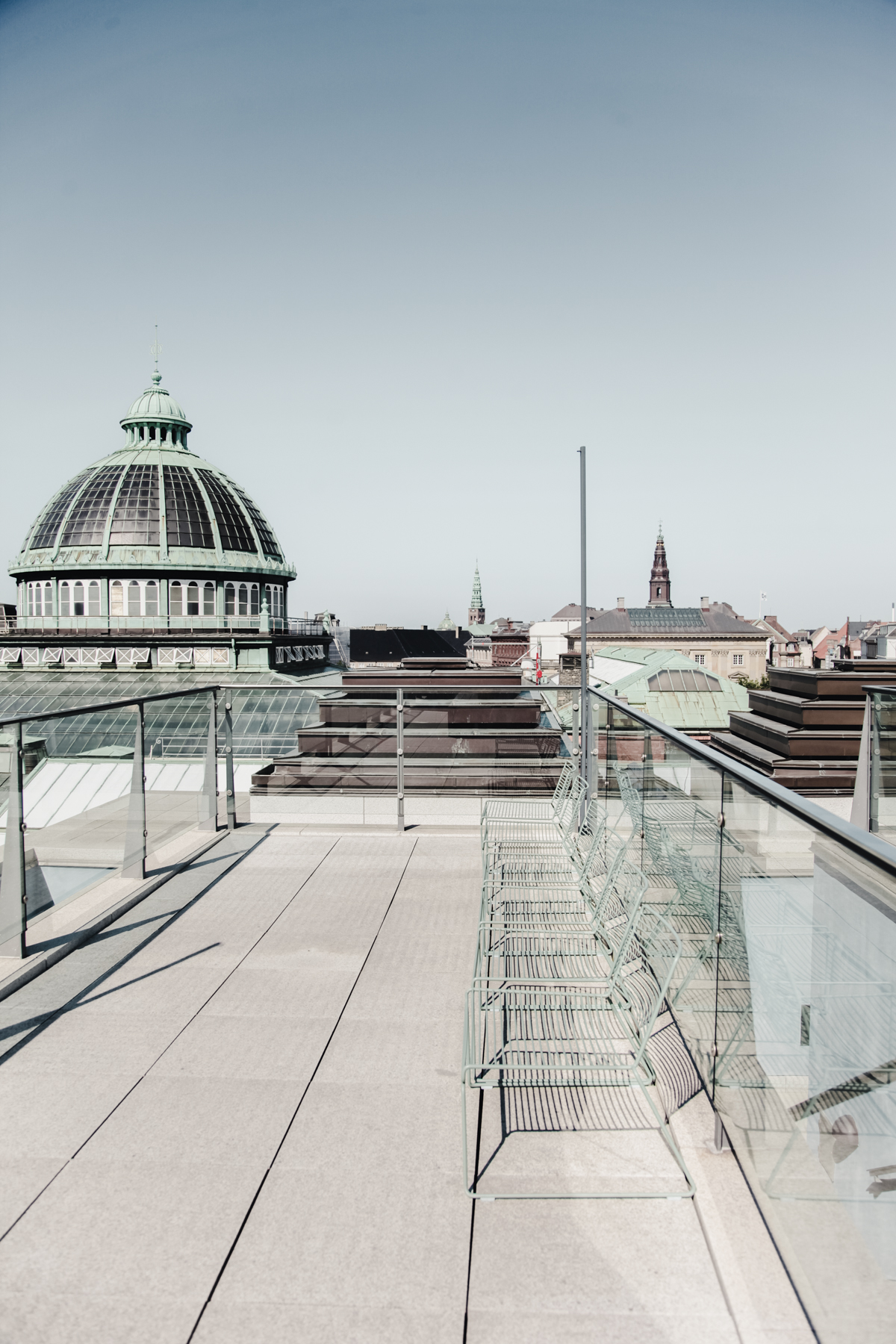 |
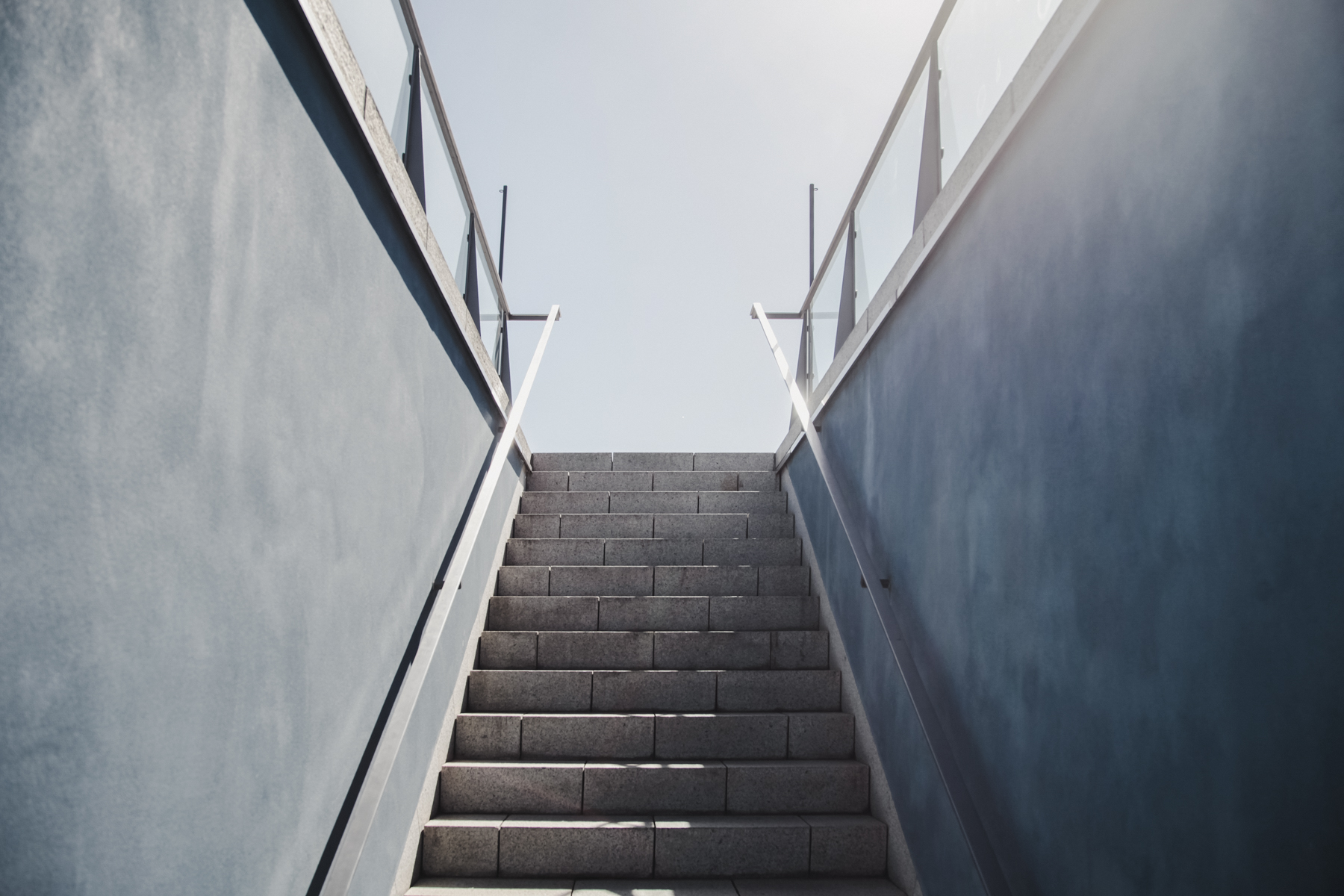 | |
![]() The Glyptotek has always been a daylight museum. This means that the light in the exhibition halls primarily comes in via skylight windows. In 2015, the museum introduced evening lighting so you can now visit the museum until 10 pm on Thursdays.
The Glyptotek has always been a daylight museum. This means that the light in the exhibition halls primarily comes in via skylight windows. In 2015, the museum introduced evening lighting so you can now visit the museum until 10 pm on Thursdays.
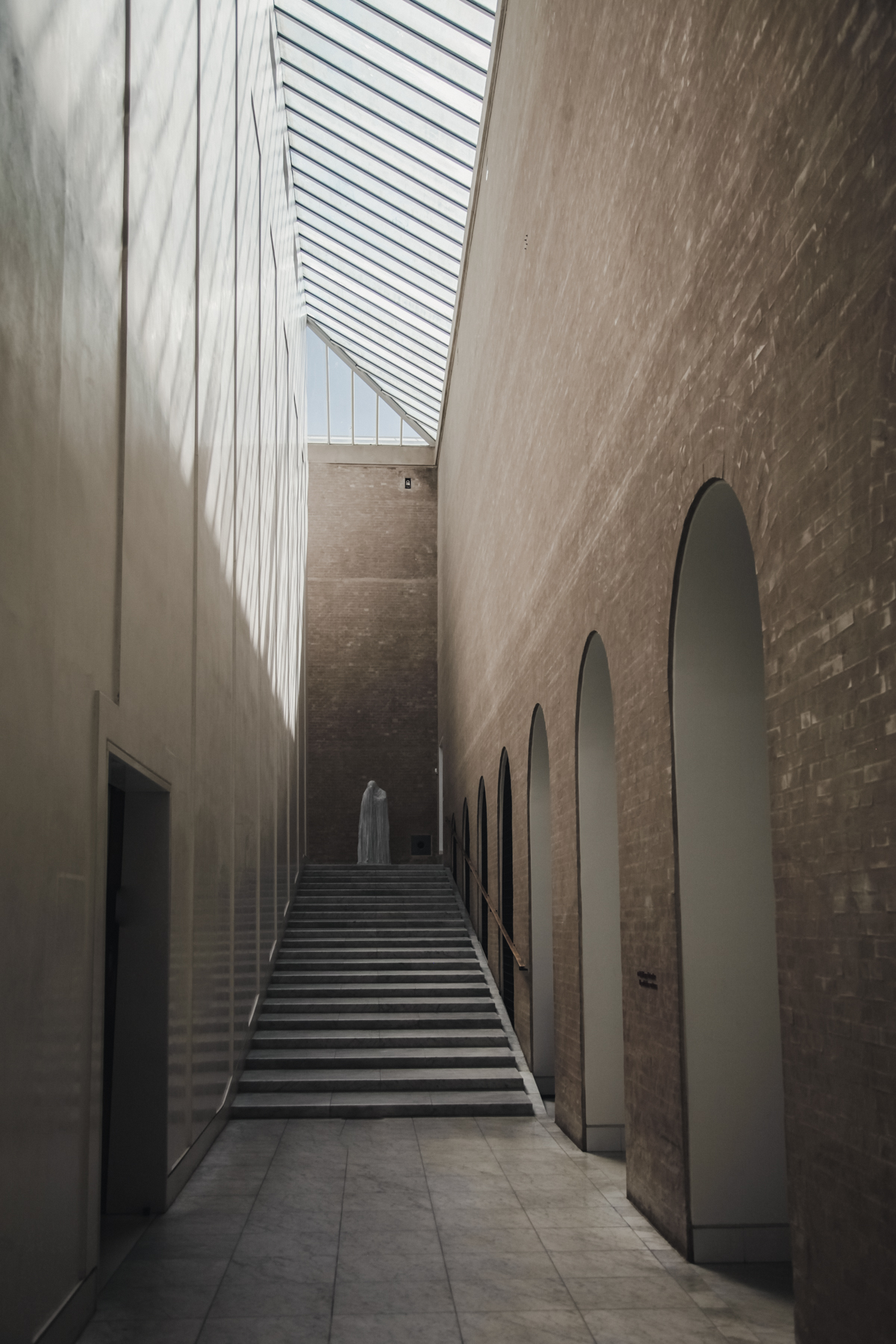 | 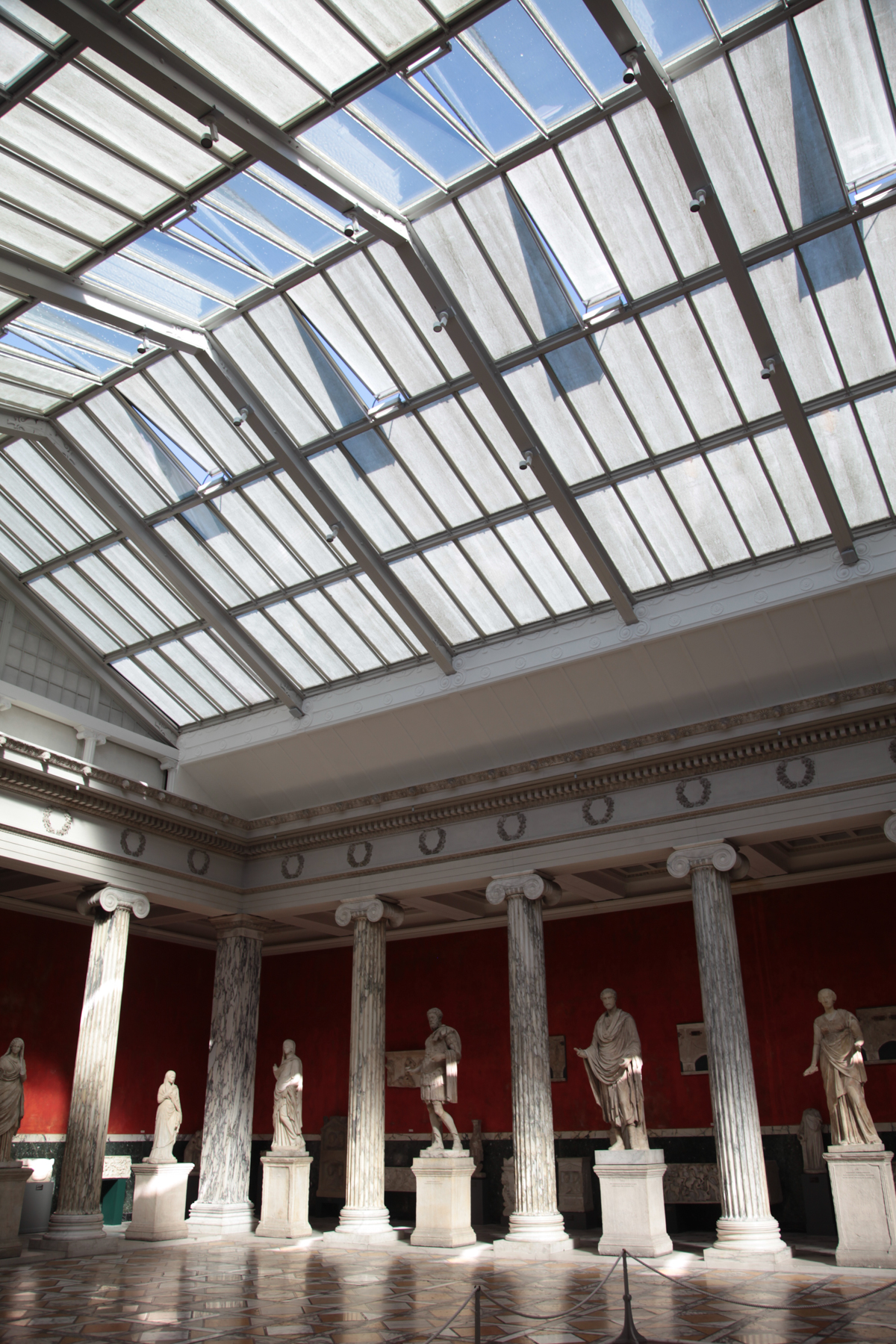 |
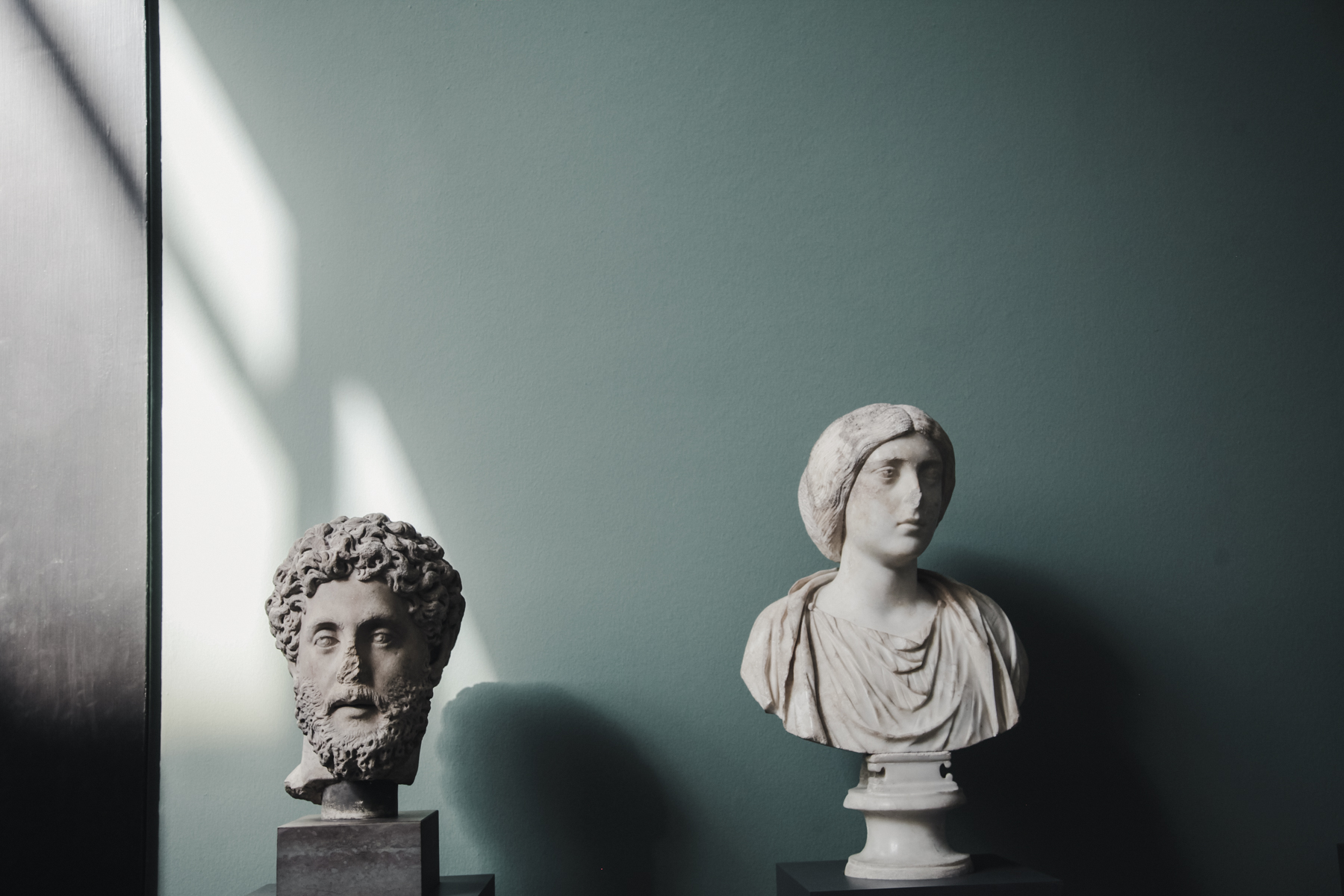 | |
![]() Feel like staying outside? Behind the Glyptoteket is a beautiful sculpture garden with a gorgeous array of colorful flowers. Here you can find Rodin’s famous “Grubler,” also known as “The Thinker.”The garden is open to all and free to visit.
Feel like staying outside? Behind the Glyptoteket is a beautiful sculpture garden with a gorgeous array of colorful flowers. Here you can find Rodin’s famous “Grubler,” also known as “The Thinker.”The garden is open to all and free to visit.
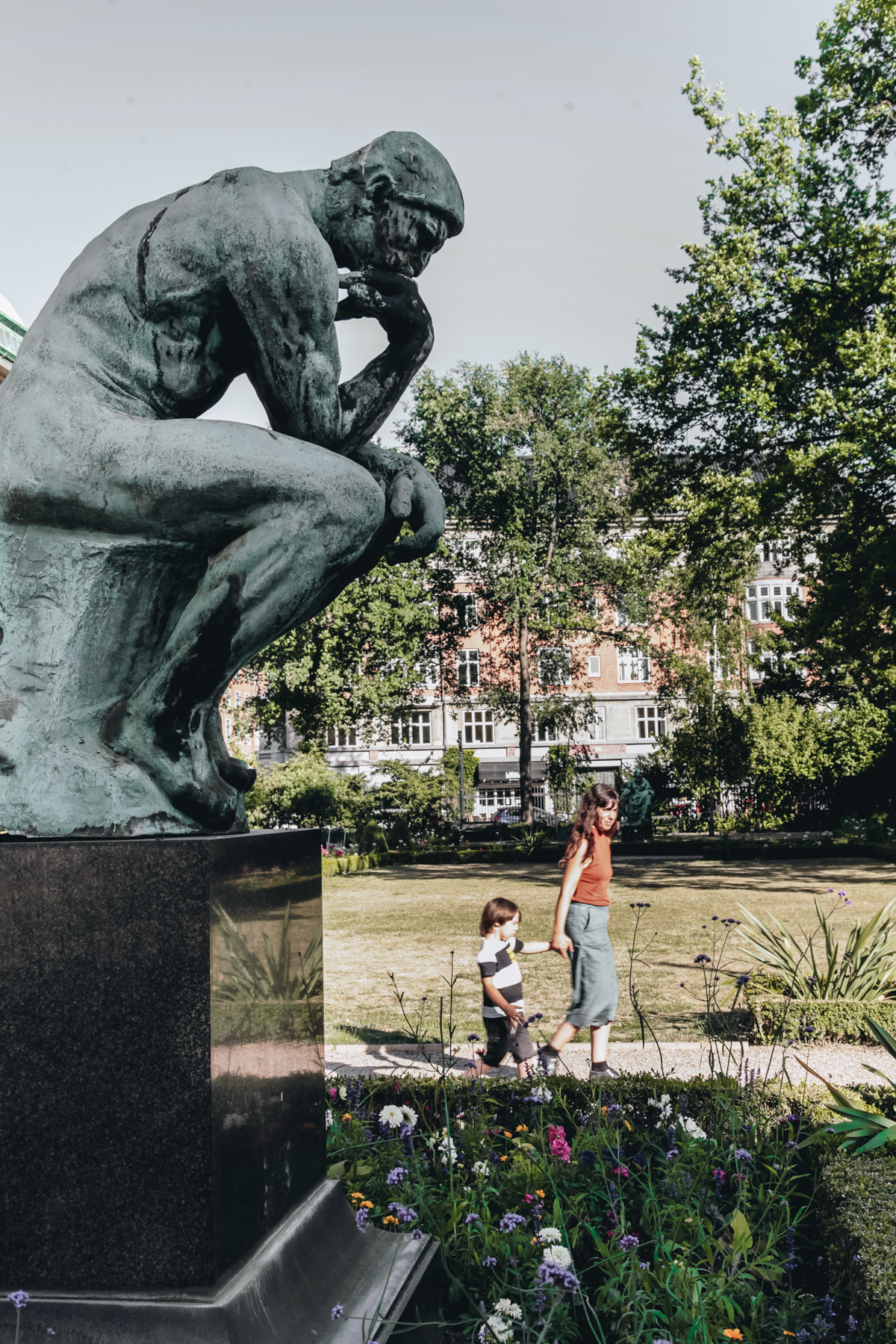 | 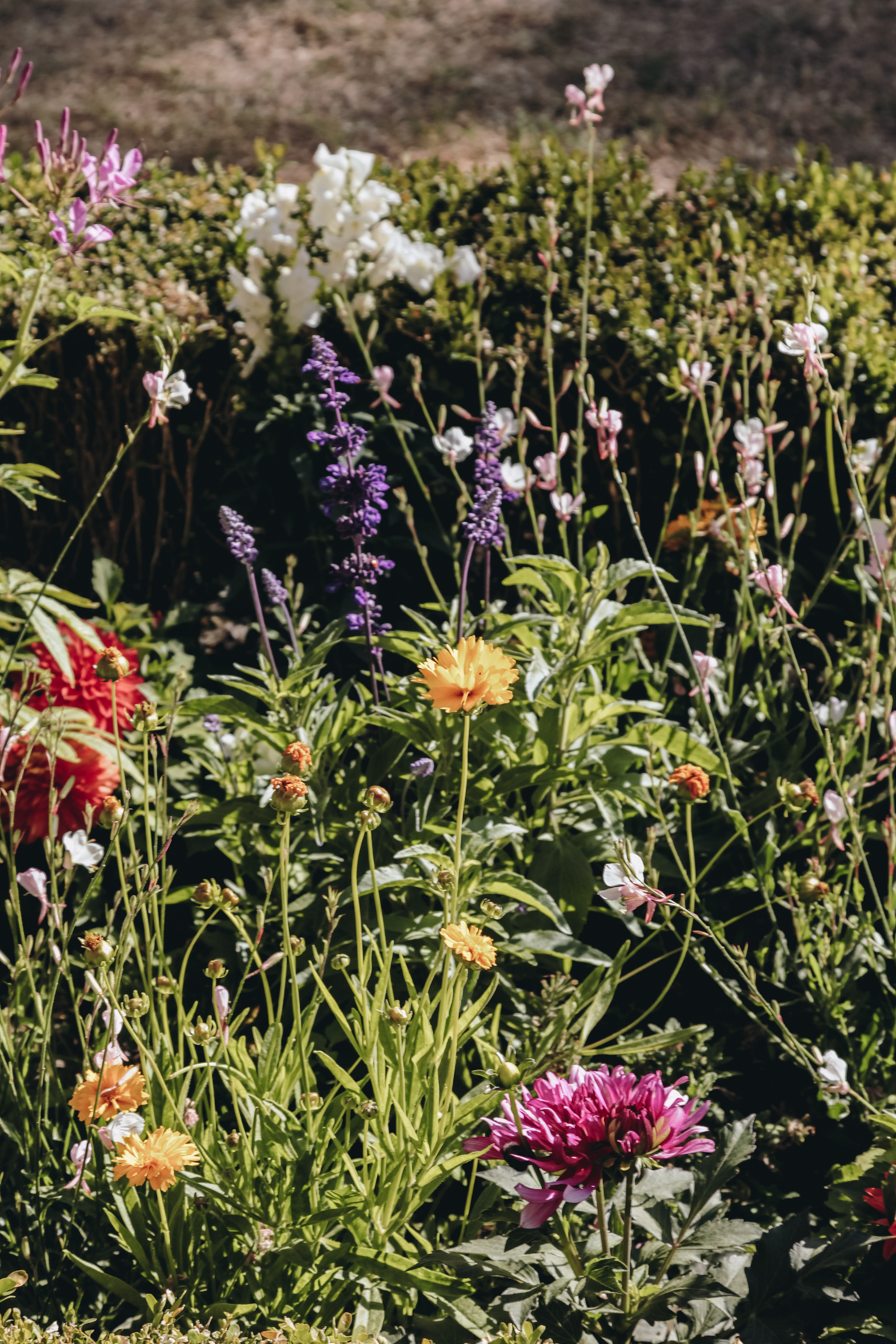 |
![]() All the displayed white marble sculptures from ancient Greece and Rome were originally painted in powerful, bright colors. Researchers from Glyptoteket constantly finding out new information about the original appearance of these sculptures.
All the displayed white marble sculptures from ancient Greece and Rome were originally painted in powerful, bright colors. Researchers from Glyptoteket constantly finding out new information about the original appearance of these sculptures.
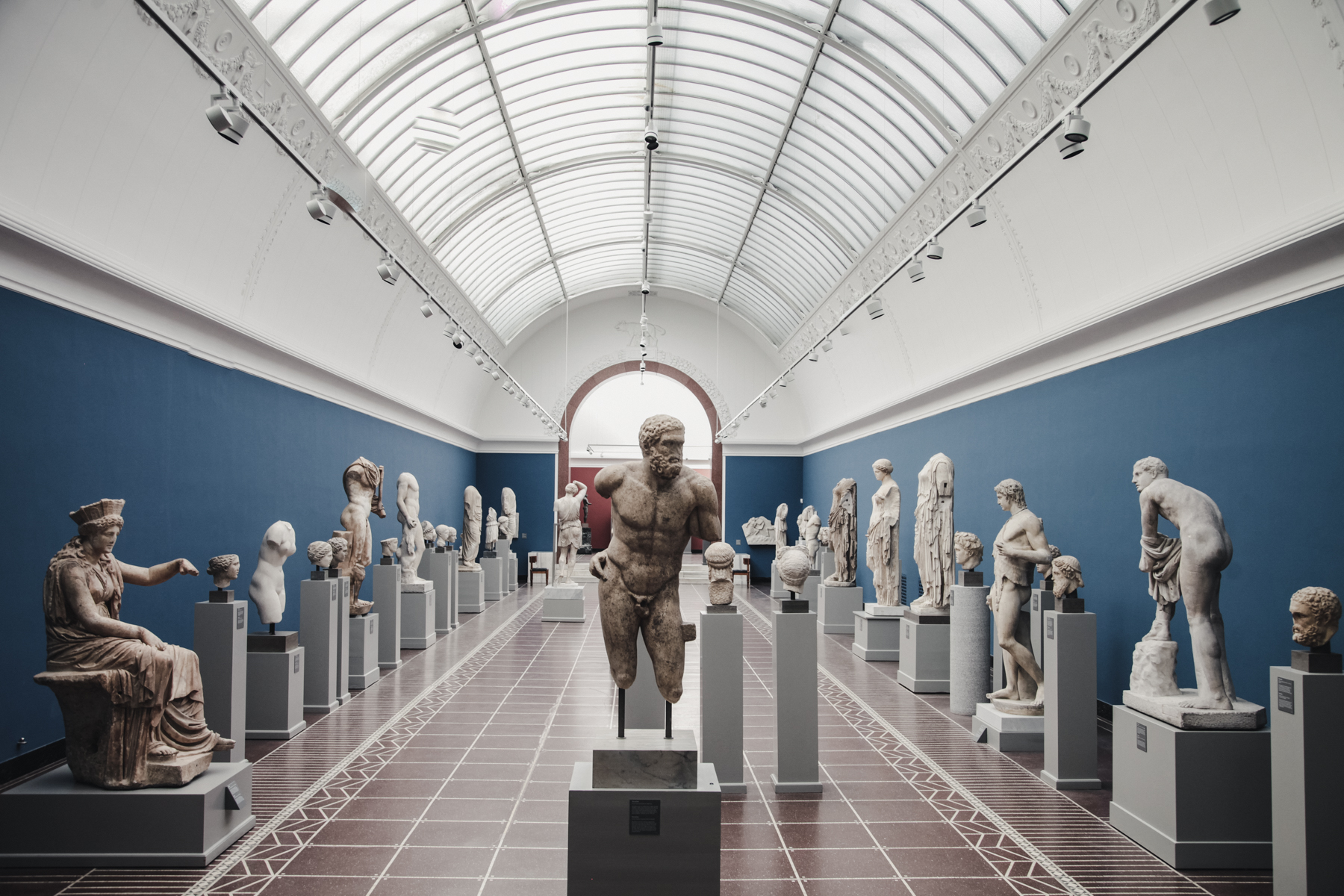 | |
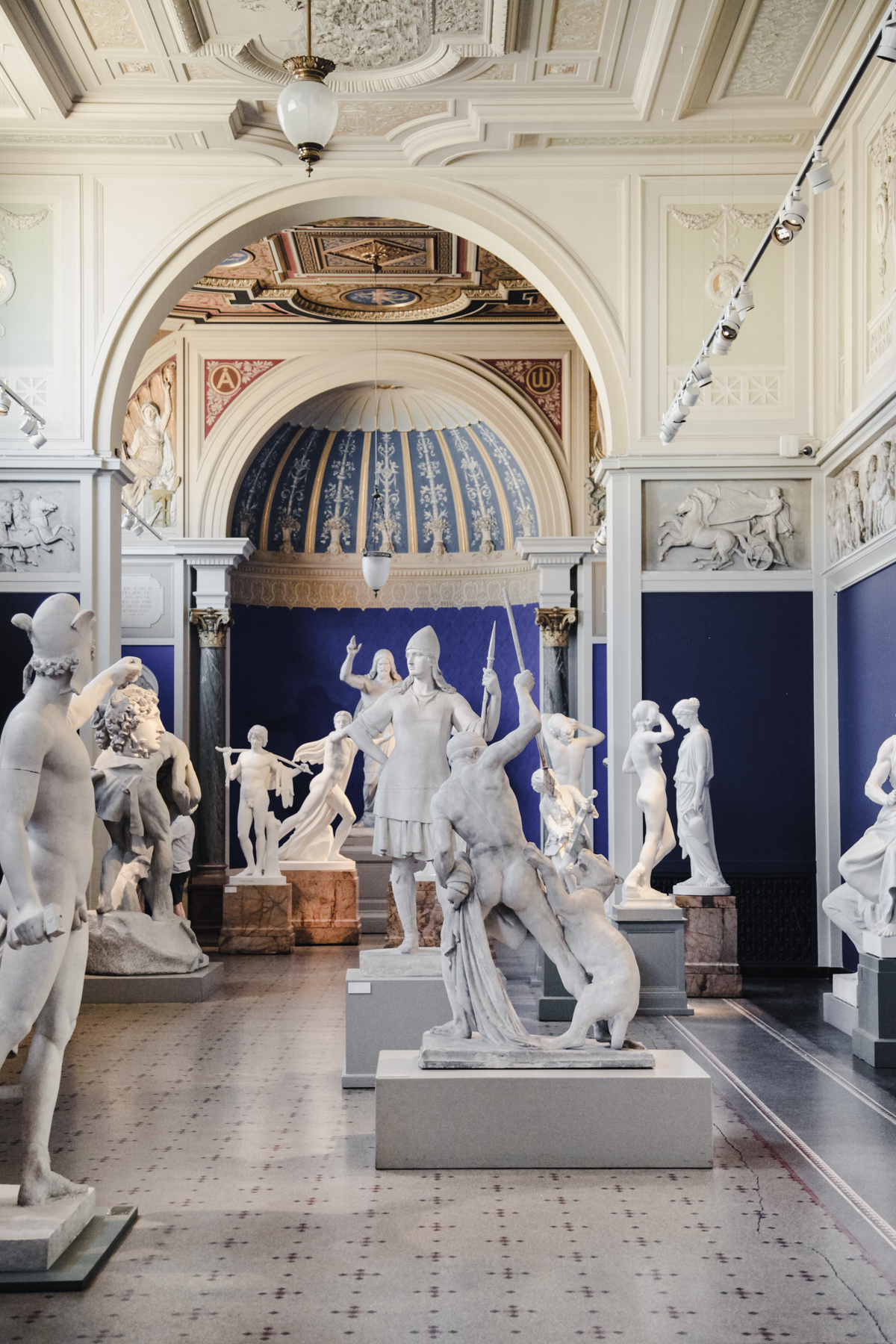 | 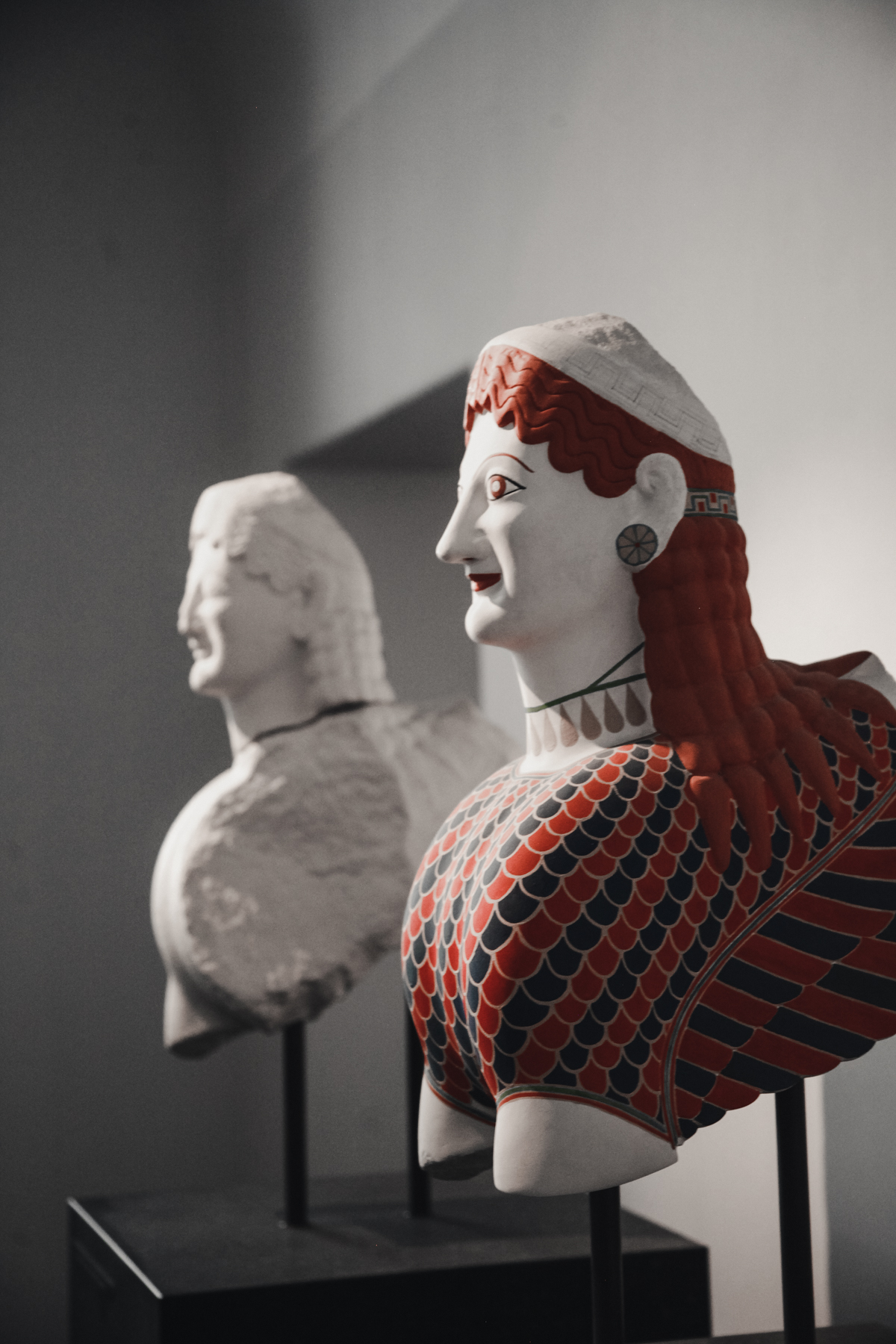 |
![]() Glyptoteket’s floor mosaics tell stories just like the art on the walls. The Mosaics of Scottish Times in the Antiquity collection in the Kampmann building are a tribute to Carl Jacobsen’s British wife Ottilia. The Barley Captiulum mosaic is a tribute to one of the main ingredients in beer and can also be found in the Antiquity collection in the Kampmann building.
Glyptoteket’s floor mosaics tell stories just like the art on the walls. The Mosaics of Scottish Times in the Antiquity collection in the Kampmann building are a tribute to Carl Jacobsen’s British wife Ottilia. The Barley Captiulum mosaic is a tribute to one of the main ingredients in beer and can also be found in the Antiquity collection in the Kampmann building.
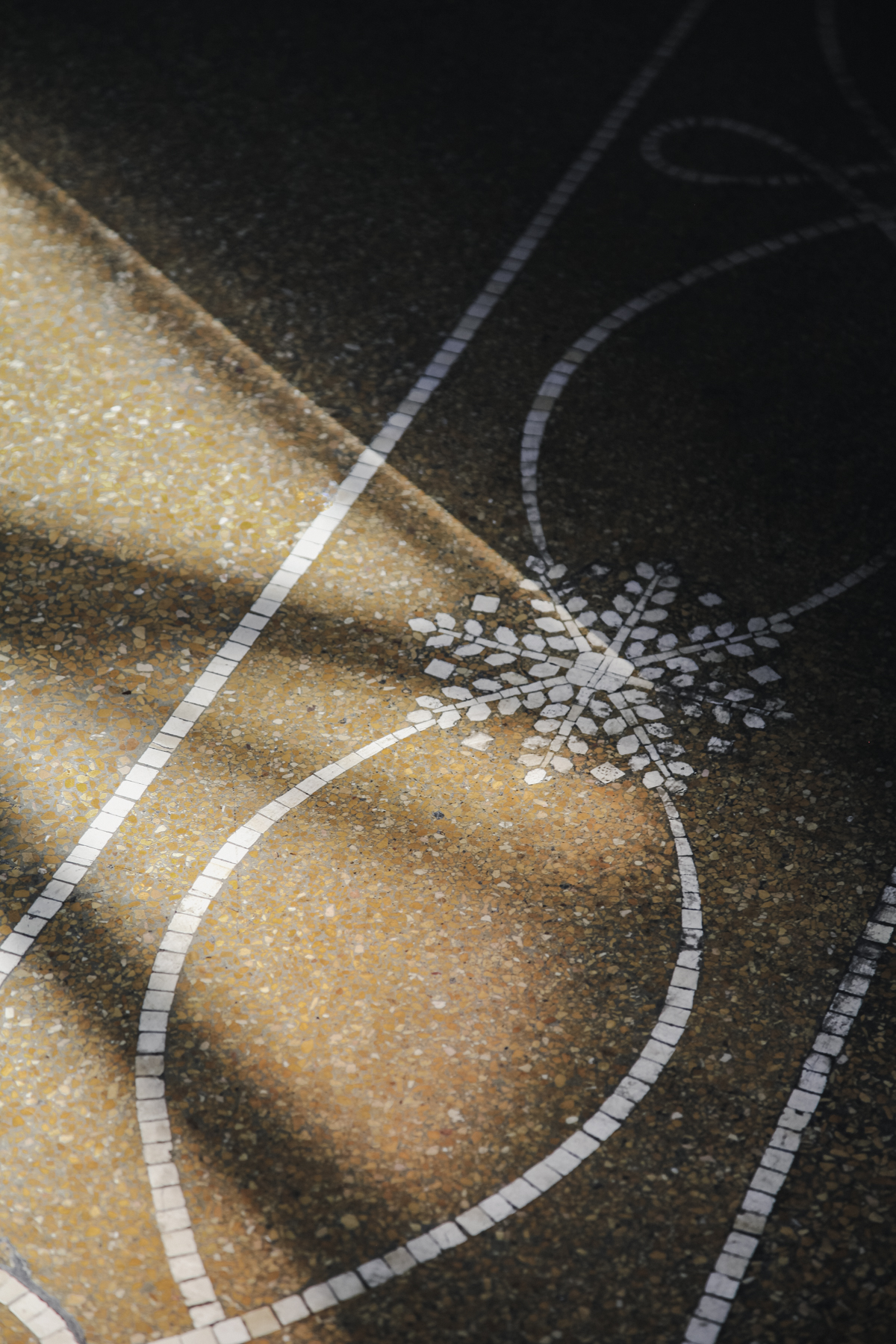 |  |
![]() Through archaeological color studies, the wall colors of the original Glyptoteket building, first opened in 1905, have been identified in Glyptotek’s ancient Greek, Roman and Egyptian exhibition halls. Though they have been painted over many times, tt is those original colors that adorn the walls today.
Through archaeological color studies, the wall colors of the original Glyptoteket building, first opened in 1905, have been identified in Glyptotek’s ancient Greek, Roman and Egyptian exhibition halls. Though they have been painted over many times, tt is those original colors that adorn the walls today.
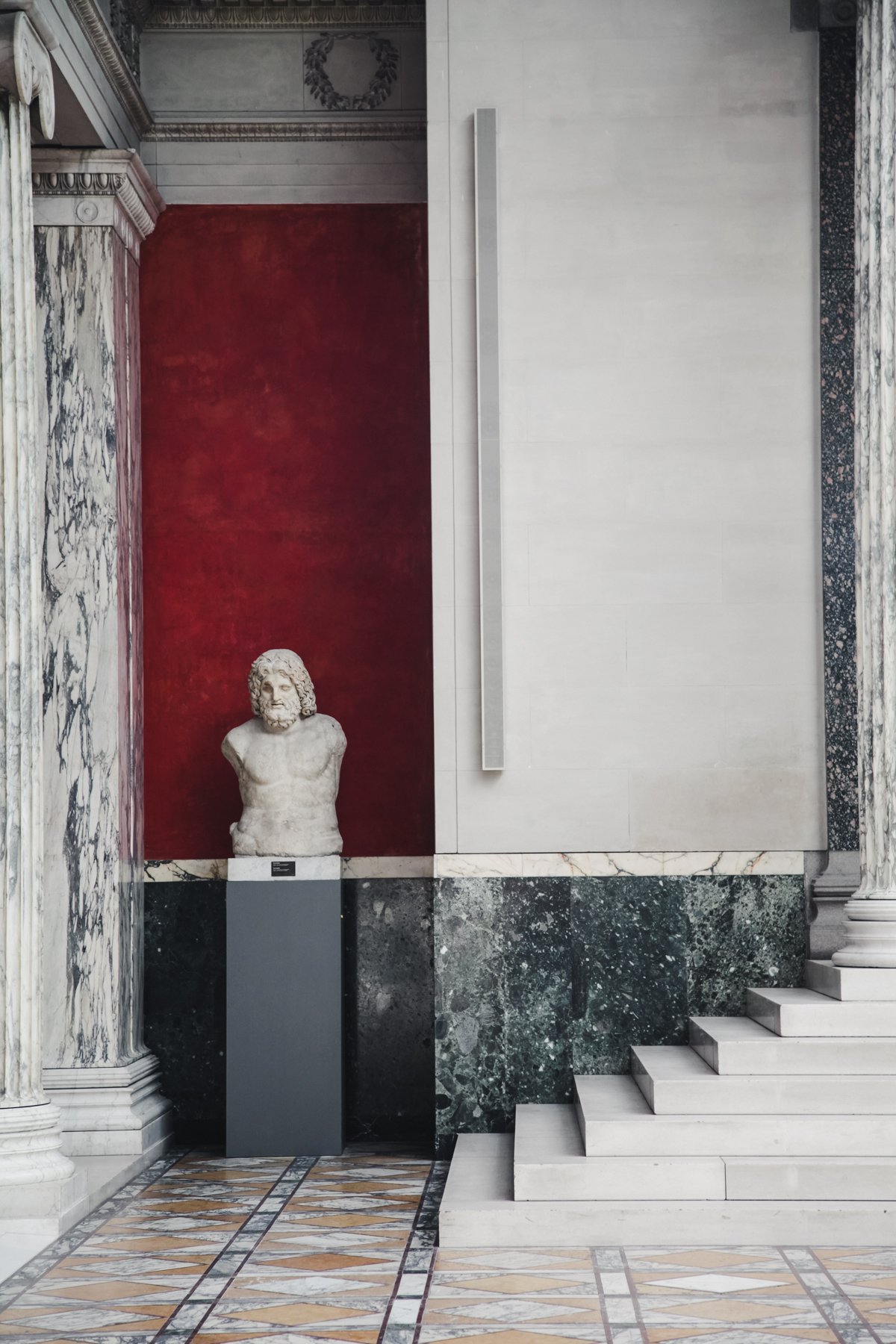 |  |
![]() The story goes: Carl Jacobsen wanted to be buried in the Glyptotek’s mausoleum. He ended up, however, being buried in the crypt under the Jesuit church in Valby, which he himself built in 1891. You can still see Carl Jacobsen’s death mask at the Glyptotek, so perhaps a small part of his wish was granted.
The story goes: Carl Jacobsen wanted to be buried in the Glyptotek’s mausoleum. He ended up, however, being buried in the crypt under the Jesuit church in Valby, which he himself built in 1891. You can still see Carl Jacobsen’s death mask at the Glyptotek, so perhaps a small part of his wish was granted.
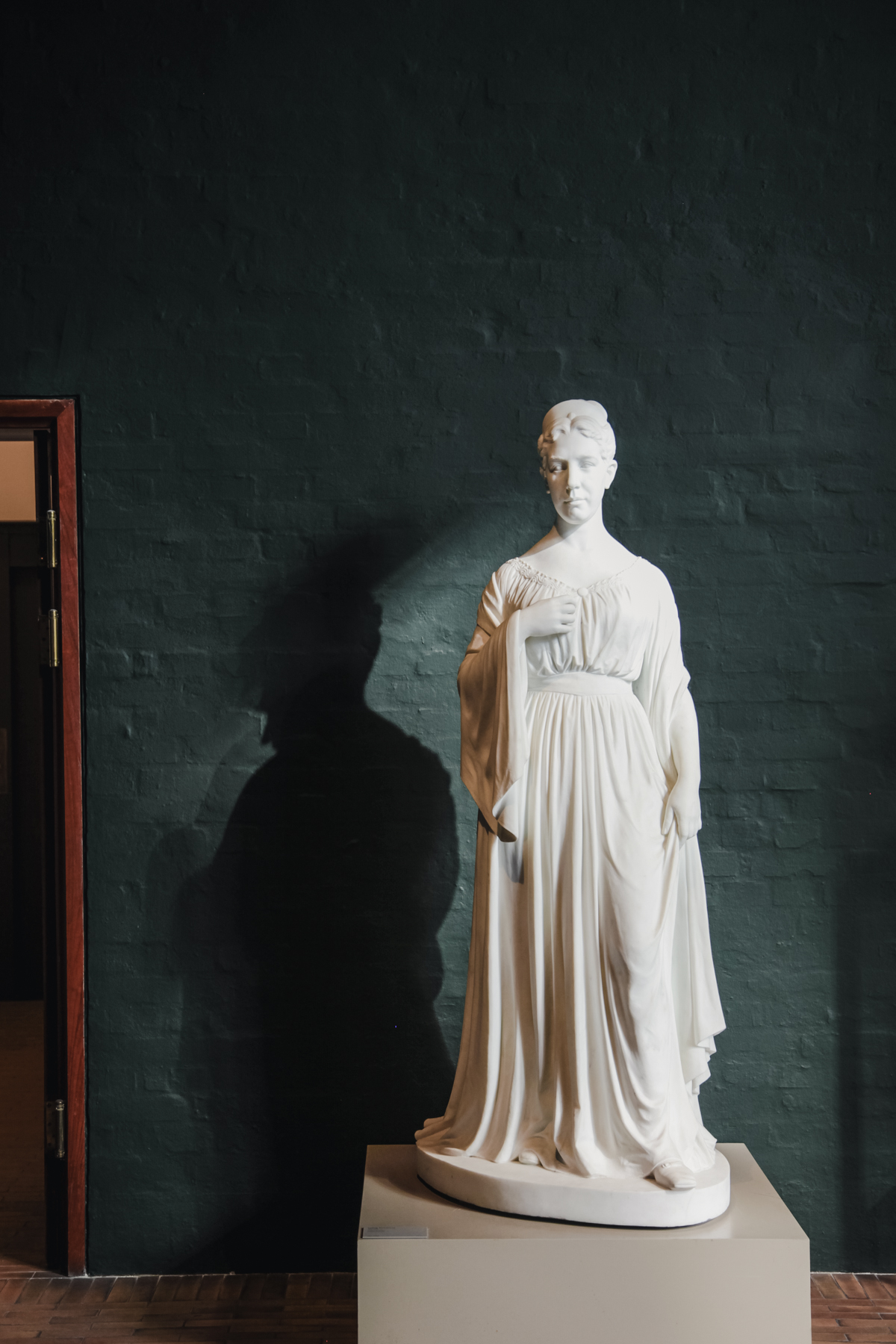 | 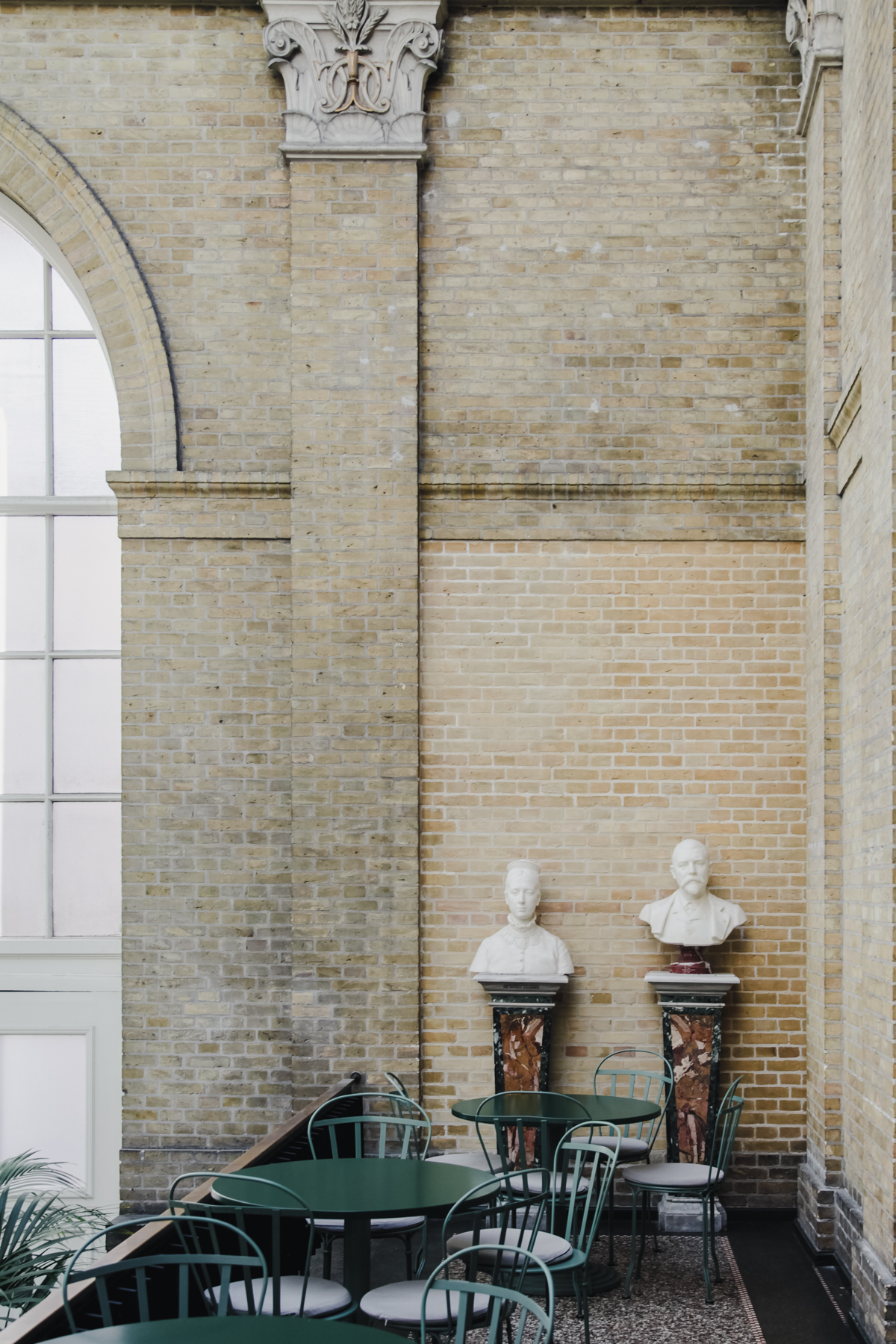 |
![]() In 2017, Christine Buhl Andersen was named the first female director of the museum. Before that, the museum had eight male directors since its opening in 1897.
In 2017, Christine Buhl Andersen was named the first female director of the museum. Before that, the museum had eight male directors since its opening in 1897.
Visit Ny Carlsberg Glyptoteket
Dantes Plads 7
1556 København K
Opening Hours:
Mon Closed
Tues – Sun 11:00 am – 6:00 pm
NB: On Thursday only, museum is open until 10:00 pm
Ticket Price: Adults 115 DKK, Under 27 years 85 DKK, Under 18 years free. Entrance is free for all on Tuesdays.
Find out what’s happening at the Glyptoteket!
For more information about partnerships, please see our Disclosure Policy.
Want access to the best museums, food, drink, shopping, and more in Copenhagen? Download our Scandinavian travel app.
Photos by Freya McOmish.

